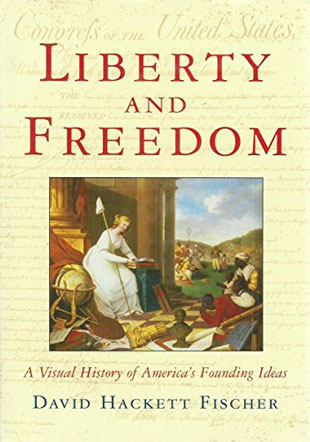"Liberty is a long distance race."
— Albert Camus"Freedom is never free."
— American Proverb
Americans have a special place in their hearts for the core values of liberty and freedom. Although scholars often study these ideals in an approach that emphasizes text and context, or couples them with other concepts and philosophies or political theories, historian David Hackett Fischer, who teaches at Brandeis, takes another approach:
"Most Americans do not think of liberty and freedom as a set of texts, or a sequence of controversies or a system of abstractions. They understand these ideas in another way, as inherited values that they have learned early in life and deeply believe."
Fischer points out that the original meanings of liberty and freedom are radically different: the first signals "separation" whereas the second revolves around "connection." The creative interplay between these two concepts has given Americans of all stripes the chance to explore a diversity of thoughts about them.
This astonishing book covers a time frame from the Revolutionary era through 9/11/2001. It contains more than 400 illustrations which vividly convey the idiosyncratic iconography of flags, statues, folk art, political campaign graphics, patriotic consumer products, coins, seals, and much more.
Telling the stories of America's founding ideals through imagery will definitely appeal to youth who are used to spending much of their time with social media and visual resources. In his examination of flags, for example, Fischer shows us a rattlesnake flag which was popular with Southerners on account of the snake's cantankerous energies. Our favorite historical account is the author's treatment of The Freedom Train, which sought to unite Americans around the concept of freedom as civic responsibility. Read the except to learn more about this educational project from 1947 - 1949.
